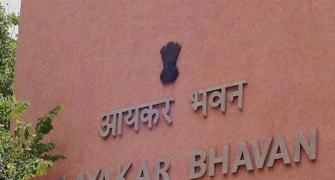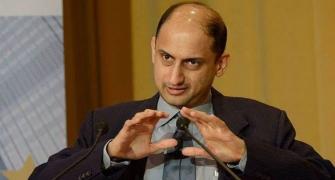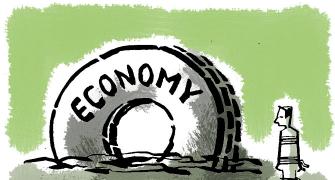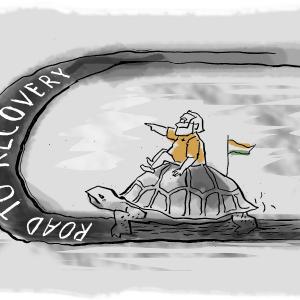If imputed inflation for April and May is used, then you have inflation of over 6 per cent for two consecutive quarters, which is a worrying signal for the RBI.
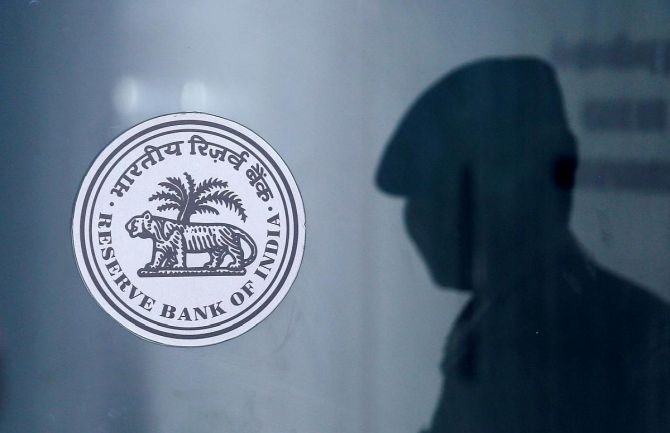
The Reserve Bank of India (RBI) has justification for escaping possible scrutiny by the government for failing to meet the inflation target because the consumer price index (CPI) for April and May was imputed.
Imputation means prices of some groups are taken as substitutes of those of similar segments (and assorted accordingly) for which information is not available.
This was the case due to lockdown in these months.
If the inflation rate is calculated on the basis of the imputed CPI for these two months, the pace of price rise has exceeded 6 per cent for two consecutive quarters - January-March and April-June 2020.
Besides, it was 6.93 per cent in July.
As such, if the rate remains high till September, the statutory mandate of keeping it within 2-6 per cent in three consecutive quarters would be breached.
In fact, the average inflation rate for October-December 2019 also was quite close to 6 per cent - at 5.84 per cent.
The law requires that in the case of the breach of the mandate cited above, the central bank has to send a report to the government, stating the reasons for failure to achieve the target; remedial actions proposed to be taken by it; and an estimate of the period within which the inflation target will be achieved.
The target was valid till March 31, 2021, according to the RBI Act, amended through the Finance Act, 2016.
That Act also brought in the Monetary Policy Committee (MPC) to achieve it through monetary policy.
In a recent monetary policy statement, the MPC stated that since the National Statistical Office (NSO) did not provide the inflation rates for April and May but gave the imputed index, it is of the view that the CPI prints for these two months could be regarded as a break in the CPI series.
However, experts are calculating the inflation rates from the imputed index for these two months.
"If imputed inflation for April and May is used, then you have inflation of over 6 per cent for two consecutive quarters, which is a worrying signal for the RBI,” said Devendra Pant, chief economist, India Ratings.
But experts agreed with the MPC in not considering the imputed CPI from the point of view of monetary policy.
Former chief statistician Pronab Sen said this was the wrong time to do imputations.
“Imputation is fine when you have missing data points in a normal situation. This is an abnormal situation. Different sectors are behaving differently,” he said.
Sen, who is country director at the International Growth Centre (IGC), said the MPC was right in saying that it was not going by imputations now.
He said what worried him and the RBI was that the wholesale price index (WPI) and CPI were moving in different directions.
As the WPI does not include services, the best thing to do is to compare it with agriculture and core CPI (which does not include food and fuels), excluding services, he said.
The WPI showed deflation in April, May, and June at 1.57 per cent, 3.21 per cent, and 1.81 per cent, respectively.
When pointed out that the mandatory target is to keep CPI inflation, not the WPI, within 2-6 per cent, he said it was not specified that the CPI would be the only input in the decision making.
Pant too said the MPC did the right thing. “For the abnormal months of April and May, we don’t have the price quotes. These could be taken out for any policy formulation,” he said.
To buttress his point, he said the CPI was calculated in April on the basis of price quotes of 59.5 per cent of the items to be considered.
That increased marginally to 63.1 per cent in May.
For instance, the inflation rate in recreation and amusement was higher at 5.7 per cent in April and 5.5 per cent in May from 4.4 per cent in March.
However, these activities were absent in April and May.
One can argue there could be the base effect to justify the numbers, but the index value of this service was also higher at 146.5 points in April and 146.8 points in May against 143.7 points in March, Pant said.
Soumya Kanti Ghosh, group chief economic advisor to State Bank of India (SBI), said it was the right thing to do for the RBI.
However, he said inflation numbers were higher than the ones calculated by the NSO because food items, which have a higher weighting of over 45 per cent in the CPI, were consumed more these days than it was done normally.
Madan Sabnavis, chief economist at ICRA, said the RBI was right in not taking into account imputed inflation because the central bank made it very clear that as the economy was crumbling, preserving growth was the over-riding factor.
When the RBI said it would maintain an accommodative stance, it meant the central bank was not going to increase the rates.
It also meant the RBI was aware the inflation rate could be 6 per cent in August and September as well.
“These are unusual circumstances.
"The RBI knows that inflation is much higher but by taking the stance that monetary policy is going to be accommodative it has given the signal that interest rates are not going to be increased,” Sabnavis said.
Aditi Nayar, principal economist at ICRA, said the prices of fuels had been inflated by higher excise and value-added tax and that was adding to inflationary pressure.
The inflation rate of fuel and light rose from 2.69 per cent in June to 2.80 per cent in July.
Photograph: Francis/Mascarenhas/Reuters


